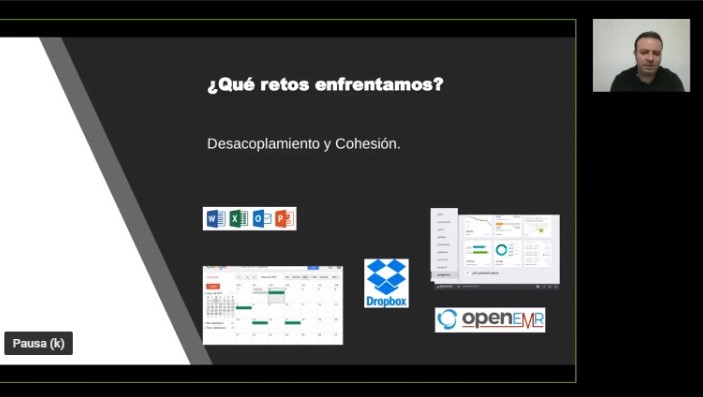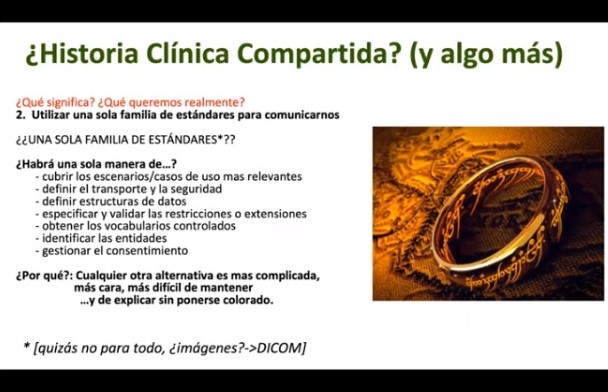Through a webinar - carried out by RECAINSA - representatives of the IT sector and Digital Health discussed and shared updates on the operation of systems regarding the exchange of information and their amiability to carry out processes in real time and in a safe manner.
Medical information systems are essential for clinical care and research dedicated to promoting projects that attack diseases and threats to people's health.
That is why the FHIR HL7, applied in Latin America, tries to generate good practices aimed at synergy and interoperability.
What makes these strategies possible are the public policies that offer a broad infrastructure that integrates all compatible systems to exchange clinical information with each other in order to improve their architecture and design.
The Electronic Medical Record is an example of the digital transformation in terms of data organization, as it provides confidentiality, security and a quality standard with recurrent training.

In it, all the characteristics of the patient (diseases, treatments, etc.) are recorded to have a real-time control of any data that can be provided to primary care (dedicated to the care of the person) and secondary care (focused on the analysis of cases to obtain statistics that serve for future projects).

The relevant thing will be the strategic alliances that are achieved between hospitals, health centers and pharmacies to identify problems, manage solutions and compile data in a manner that allows its use in any health institution regardless of place or time.
That is why the government's agenda will aim to make visible this interoperability between systems that synthesizes the information within a quality standard endorsed to generate transparent results, endowed with their own codes and vocabularies.
The regulation of the necessary resources for its realization will be vital and will have an impact in each province with difficulty to benefit from this service and, consequently, reduce the access gap.
PARTICIPATION IN WEBINAR
https://saluddigital.com/avance-de-la-ciencia/estrategias-de-msalud-para-fortalecer-la-atencion-primaria-de-la-salud/






